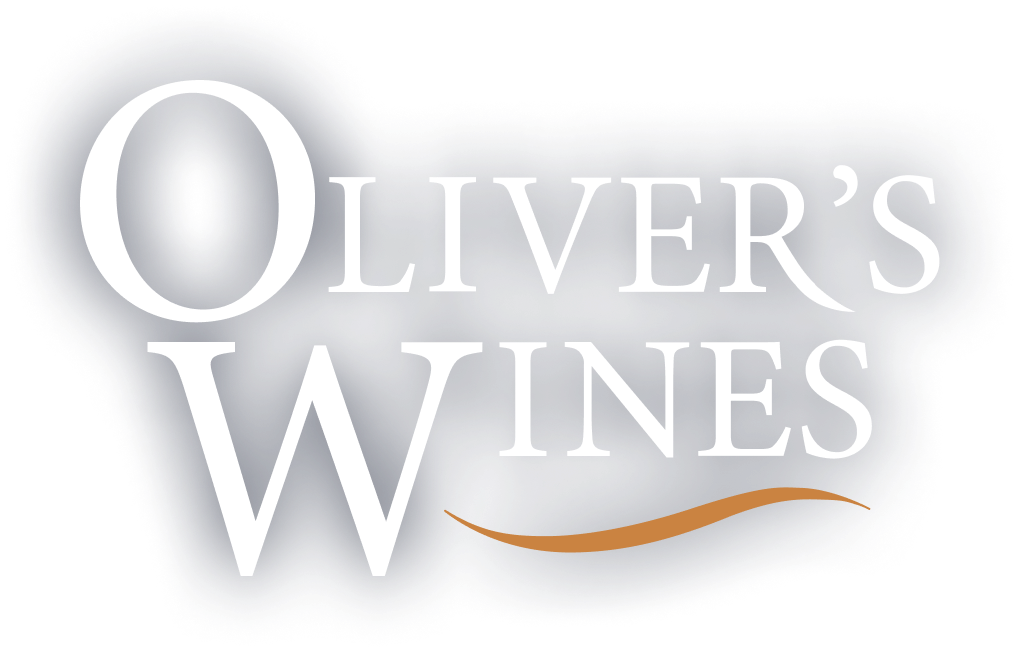Ten years ago Dalwhinnie was a little-known vineyard in central Victoria whose wines were sought after by a few in the know. Today it is not only the signature vineyard of its region, the Pyrenees, but rates alongside Bests, Jasper Hill and Mount Langi Ghiran as one of the most important shiraz vineyards in Victoria. A far cry from 1976, when Ballarat architect Ewan Jones decided life was too short not to plant a two hectare hobby vineyard on his 140 ha property just north of Taltarni. Since those days Ewan’s son, David has taken over the ownership and management of Dalwhinnie, overseeing the expansion of vineyards to just under 29 ha. With the assistance of consultant Gary Baldwin, he has also directed its wine production with a succession of different winemakers. Like many of Australia’s finest small estates, Dalwhinnie’s vineyard is a warm, heat-trap site whose not insubstantial slopes help it take fruit to full physiological ripeness, even in cooler seasons. Its poor soils are clay and quartz-based, which clearly contribute to the wines’ firmness and backbone, and especially to the flinty acids of its Chardonnay. Its vines are trained into a vertical shoot positioning system, are hand-pruned and hand-harvested. Insecticides and herbicides are assiduously avoided and a ground cover of legumes is cultivated between the rows. With maximum cropping levels set around a modest 7 tonnes per ha, Jones is now picking on several dates to achieve a spectrum of different flavours and ripening levels. Dalwhinnie’s present plantings comprise nearly 3 ha of cabernet sauvignon, 15 ha of shiraz, 4.5 of chardonnay, just over 1 ha of cabernet franc and merlot, 2.5 of pinot noir and one each of viognier and sangiovese. Other than a small shed with enough red fermentation capacity to handle the limited run of Eagle Series Shiraz, Dalwhinnie’s wines have been made at a number of wineries including Yellowglen, Bannockburn, Mildara Coonawarra, Mount Avoca, Chateau Remy (now Blue Pyrenees Estate) and Mitchelton. The 2002 reds are being made at Mount Langi Ghiran; the whites at The YarraHill in the Yarra Valley. The vineyard has shown an uncanny ability to exert itself throughout these changes. Dalwhinnie has two different shiraz labels: the Moonambel and the Eagle Series. It’s rather demeaning to refer to the former as its ‘standard’ wine, for its layers of deep, dark cherry, plum and cassis fruit and firm, sinewy tannins give it rare shape and longevity. It’s about as you can get far from the soppy, soupy over-ripened expressions of shiraz so popular today. While its strength, heady spiciness and light mintiness are unquestionably Australian in expression, the Eagle Series is certainly more Rhone-ish. Fermented in open containers, and made with a ‘dirtier’ and more rustic approach, the Eagle Series typically reveals superior complexity and fineness, with the deliberate introduction of more earthy, smoked meat and reductive qualities. It spends two years in small French cooperage, half of which are new, receiving extended gross lees contact for the first ten months until after malolactic fermentation, when it experiences a single racking. Sulphur additions are minimal. After Shiraz, Dalwhinnie’s next most convincing wine is its Chardonnay, a sumptuous, savoury expression of this variety, again poles apart from what most Australians would tend to expect. It’s one of the longest-living chardonnays of this country, with a creamy, seamless texture tightly mitred with a backbone of bright mineral acidity. Recent vintages reveal something of a French ‘dirt’ influence, but a purity and brightness of fruit that is never challenged by the restraint and harmony of excellent Burgundian oak. Dalwhinnie’s Cabernet Sauvignon is typically robust, deeply flavoured and suited to cellaring, but most vintages lacks the distinction of its Shiraz. And despite David Jones’ enthusiasm for it and the fact that Rick Kinzbrunner makes it at Giaconda, Dalwhinnie’s Pinot Noir lags just that little bit further behind. It’s complex and does tend towards the ‘feral’ or ‘funky’, but by comparison with our better pinots is herbal, hard-edged and jammy. David Jones is working to get more from Dalwhinnie. He hopes to build his own winery within five years or so, and understands how much easier it will then become to fine-tune his wines. Unable to find more quality vineyard land on the Dalwhinnie site, he and his wife Jenny he have purchased a 135 ha block of south of the Moonambel Hotel, where a new vineyard will include a mix of red Rhone varieties. As fine a start as it has made to date, I can’t help believing that Dalwhinnie’s best years are still around the corner.
Blog
Stay in the know with info-packed articles, insider news, and the latest wine tips.


Oliver’s Wines supports the Responsible Service of Alcohol
ACT | Liquor Act 2010: It is an offence to supply alcohol to a person under the age of 18 years. Penalties apply. New South Wales | Liquor Act 2007: No Alcohol can be sold or supplied to anyone under 18. It's against the law. Queensland | Liquor Act 1992: It is an offence to supply liquor to a person under the age of 18 years. South Australia | Liquor Licensing Act 1997: Liquor must not be supplied to persons under 18. ABN 77 159 767 843. Tasmania | Liquor Licensing Act 1990: It is an offence for liquor to be delivered to a person under the age of 18 years. Penalty: Fine not exceeding 20 penalty units. It is an offence for a person under the age of 18 years to purchase liquor. Penalty: Fine not exceeding 10 penalty units. Victoria | Liquor Control Reform Act 1998: WARNING - Under the Liquor Control Reform Act 1998 it is an offence to supply alcohol to a person under the age of 18 years (Penalty exceeds $23,000) and for a person under the age of 18 years to purchase or receive liquor (Penalty exceeds $900). Western Australia | Liquor Control Act 1988: WARNING - Under the Liquor Control Act 1988, it is an offence: to sell or supply liquor to a person under the age of 18 years on licensed or regulated premises; or for a person under the age of 18 years to purchase, or attempt to purchase, liquor on licensed or regulated premises.
Oliver’s Wines is fully owned by Blackham Holdings Pty Ltd.
- Blackham Holdings Pty Ltd ABN: 18167203670
- Blackham Holdings Pty Ltd ACN: 167203670
- Blackham Holdings Pty Ltd Liquor Licence: . 36312146
Copyright © Jeremy Oliver 2024. All Rights Reserved










